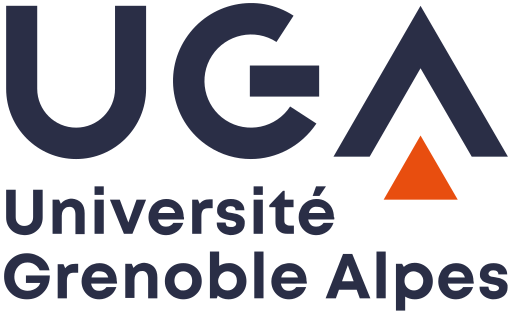This paper studies the exact controllability of the Maxwell system in a bounded domain, controlled by a current flowing tangentially in the boundary of the region, as well as the exact controllability the same problem but perturbed by a dissipative term multiplied by a small parameter in the boundary condition. This boundary perturbation improves the regularity of the problem and is therefore a singular perturbation of the original problem. The purpose of the paper is to examine the connection, for small values of the perturbation parameter, between observability estimates for the two systems, and between the optimality systems corresponding to the problem of norm minimum exact control of the solutions of the two systems from the rest state to a specified terminal state.
Mots clés : Maxwell system, exact controllability, singular perturbation
@article{COCV_2001__6__275_0,
author = {Lagnese, John E.},
title = {A singular perturbation problem in exact controllability of the {Maxwell} system},
journal = {ESAIM: Control, Optimisation and Calculus of Variations},
pages = {275--289},
publisher = {EDP-Sciences},
volume = {6},
year = {2001},
mrnumber = {1824104},
zbl = {1030.93025},
language = {en},
url = {http://www.numdam.org/item/COCV_2001__6__275_0/}
}
TY - JOUR AU - Lagnese, John E. TI - A singular perturbation problem in exact controllability of the Maxwell system JO - ESAIM: Control, Optimisation and Calculus of Variations PY - 2001 SP - 275 EP - 289 VL - 6 PB - EDP-Sciences UR - http://www.numdam.org/item/COCV_2001__6__275_0/ LA - en ID - COCV_2001__6__275_0 ER -
Lagnese, John E. A singular perturbation problem in exact controllability of the Maxwell system. ESAIM: Control, Optimisation and Calculus of Variations, Tome 6 (2001), pp. 275-289. http://www.numdam.org/item/COCV_2001__6__275_0/
[1] and, Stabilization of second order evolution equations by a class of unbounded feedbacks. ESAIM: COCV (to appear). | Numdam | MR | Zbl
[2] and, Inequalities in Mechanics and Physics. Springer-Verlag, Berlin (1976). | MR | Zbl
[3] (private communication).
[4] , Exact boundary controllability of electromagnetic fields in a general region. Appl. Math. Optim. (to appear). | MR | Zbl
[5] and, Numerical approximations and regularization of Riccati equations arising in hyperbolic dynamics with unbounded control operators. Comput. Optim. and Appl. 2 (1993) 343-390. | MR | Zbl
[6] and, Finite dimensional approximations of boundary control problems arising in partially observed hyperbolic systems. Dynam. Cont. Discrete Impuls. Systems 1 (1995) 101-142. | MR | Zbl
[7] , Boundary stabilization, observation and control of Maxwell's equations. Panamer. Math. J. 4 (1994) 47-61. | Zbl
[8] , Exact boundary controllability of Maxwell's equations in a general region. SIAM J. Control Optim. 27 (1989) 374-388. | Zbl
[9] , The Hilbert Uniqueness Method: A retrospective, edited by K.-H. Hoffmann and W. Krabs. Springer-Verlag, Berlin, Lecture Notes in Comput. Sci. 149 (1991). | MR | Zbl
[10] and, A lifting theorem for the time regularity of solutions to abstract equations with unbounded operators and applications to hyperbolic equations. Proc. Amer. Math. Soc. 104 (1988) 745-755. | MR | Zbl
[11] , Initial Boundary Value Problems in Mathematical Physics. B. G. Teubner, Stuttgart (1986). | MR | Zbl
[12] , Contrôlabilité exacte sur une partie du bord des équations de Maxwell. C. R. Acad. Sci. Paris 309 (1989) 811-815. | MR | Zbl
[13] , Contrôle et stabilisation d'ondes électromagnétiques. ESIAM: COCV 5 (2000) 87-137. | EuDML | Numdam | Zbl
[14] , A unified boundary controllability theory for hyperbolic and parabolic partial differential equations. Stud. Appl. Math. 52 (1973) 189-211. | MR | Zbl
[15] and, How to get a conservative well-posed linear system out of thin air. Preprint.








